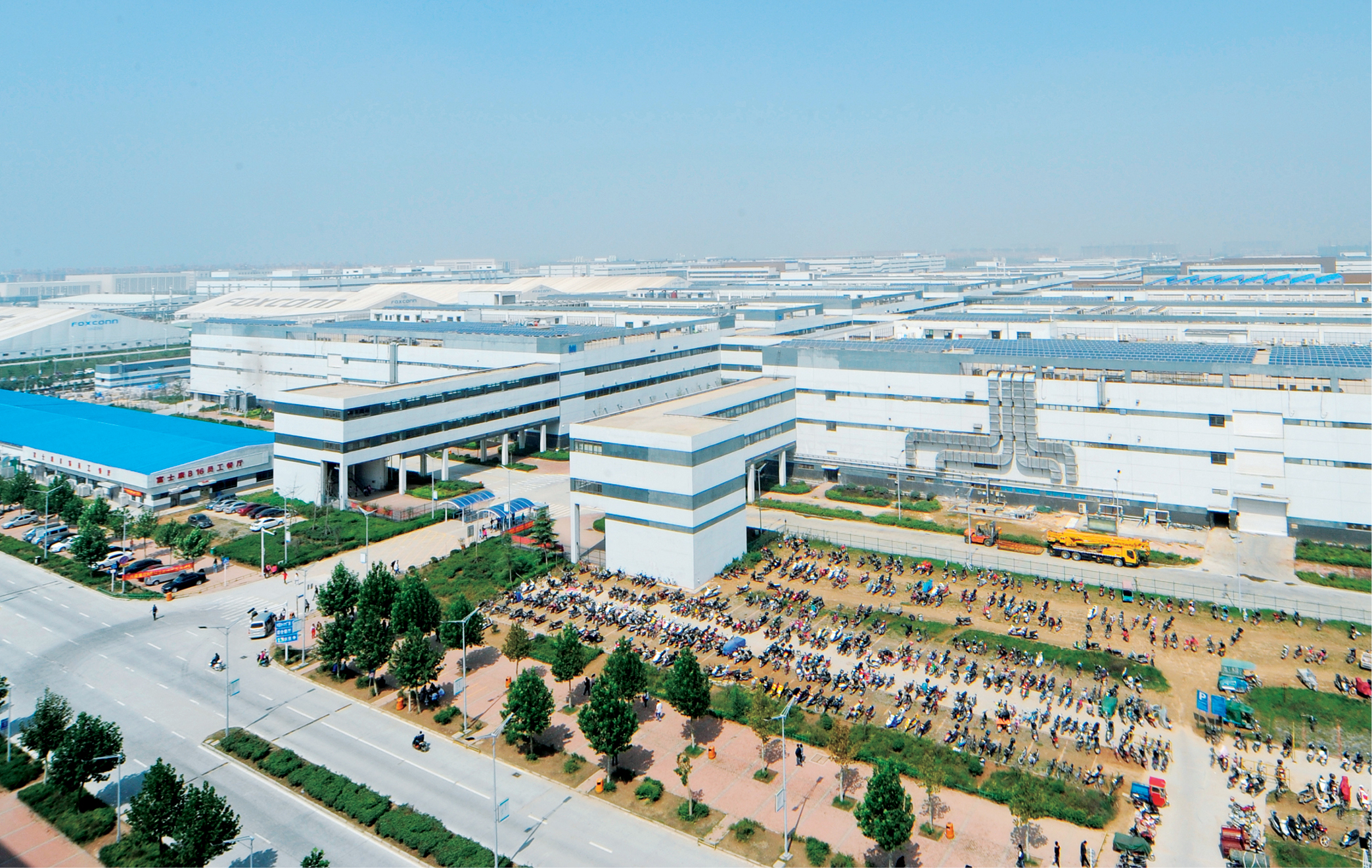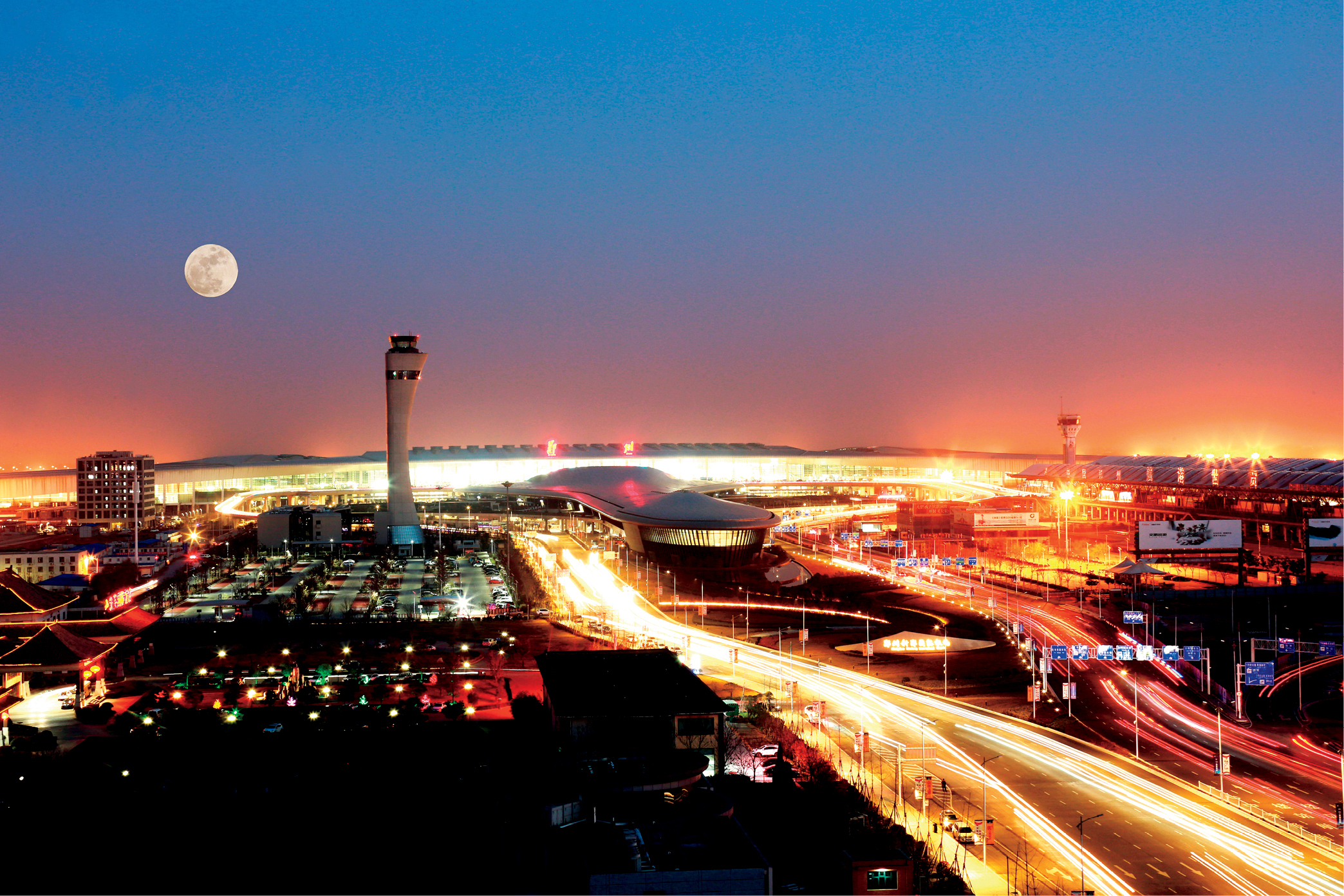On March 7, 2023, the Zhengzhou Airport Economy Zone (ZAEZ), crowned “China’s Aerotropolis” by the People’s Daily in May 2019, celebrated its 10th anniversary. And what an amazing decade of development it has been. From a modest domestic airport surrounded by a scattering of poor villages tied to subsistence agriculture, a global air logistics hub has been developed supporting a manufacturing powerhouse and export dynamo whose trade reached US$78 billion in 2021.

Foxconn employs more than 200,000 at its Apple iPhone plant.
Served by 24 international air cargo airlines connecting the ZAEZ and Henan Province to 41 foreign cities, Zhengzhou Xinzheng International Airport is key to China’s Air Silk Road strategy to accelerate shipping of its high-value, time-critical industrial output abroad.
Served by 24 international air cargo airlines connecting the ZAEZ and Henan Province to 41 foreign cities, Zhengzhou Xinzheng International Airport is key to China’s Air Silk Road strategy to accelerate shipping of its high-value, time-critical industrial output abroad. The airport has been the nation’s fastest growing since 2013 based on average annual percent increases in cargo volumes. It ranked 38th worldwide in cargo throughput in 2021, exceeding 700,000 metric tons, of which 79% was international.
The primary economic engine for the ZAEZ’s dramatic cargo and trade growth has been Foxconn, which operates Apple’s largest iPhone assembly complex employing over 200,000 workers. Together with other assemblers, the Zone produces nearly a half-million smartphones a day for shipment worldwide.
Much More Than Smartphones and Logistics
The ZAEZ is about much more than smartphones. During the past 10 years, huge investments have occurred in biomedicine parks, cross-border e-commerce complexes, fresh meat and seafood ports, new-energy vehicles and semiconductor manufacturing. These diverse sectors have contributed to the Zone’s average annual gross regional product growth of 16%.
The ZAEZ is likewise about more than air logistics. A comprehensive transportation hub integrating air, highway and rail has been implemented. In the near future, river transport will be added. Moreover, one of China’s largest high-speed rail stations opened in mid-2022 near the airport, markedly expanding the ZAEZ’s labor catchment area.
Along with highly favorable industrial siting incentives and policies that speed business registration, land acquisition and construction, pillars for elevated talent attraction have been established through significant educational, research, business services, leisure and urban amenity upgrading.
The ZAEZ’s 10th anniversary establishes a milestone in modern aerotropolis development. Its rapid upward trajectory as a global logistics hub and advanced industrial growth pole for Central China seems poised to continue.
Dr. John D. Kasarda is President of the Aerotropolis Institute China and Chief Advisor to the Zhengzhou Airport Economy Zone.
